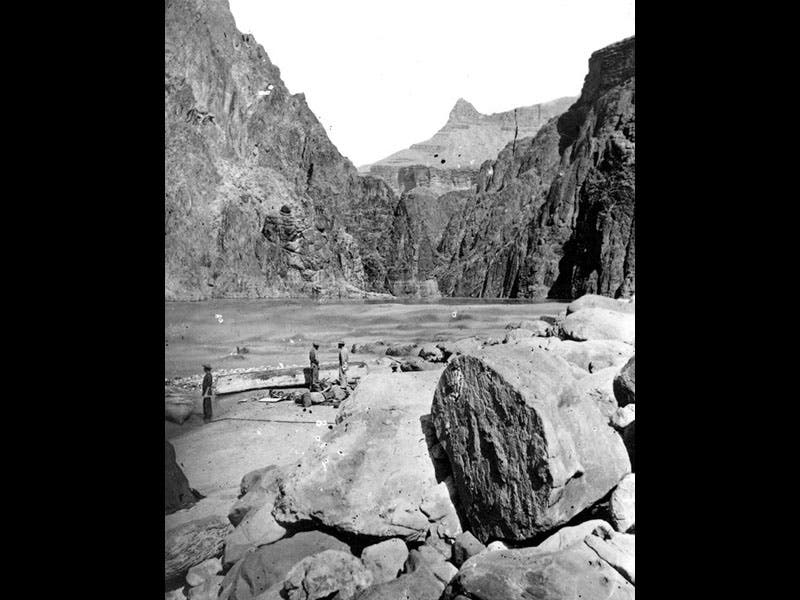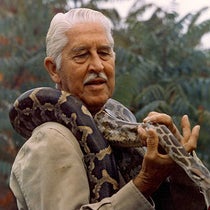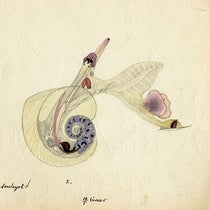Scientist of the Day - John Wesley Powell
John Wesley Powell, an American geologist, was born Mar. 24, 1834. Powell taught geology at Illinois State Normal University (now Illinois State), and in 1869 he was tapped by Joseph Henry, Secretary of the Smithsonian Institution, to lead an expedition down the Colorado River. In May, 1869, Powell left Green River, Wyoming, with nine men in three boats, and two months later, in August, now down to five men, he successfully navigated the Grand Canyon for the first time. The feat is made even more impressive by the fact that Powell was a one-armed oarsman, having lost the other arm in the Battle of Shiloh during the Civil War.
Powell made a second trip down the canyon in 1871-72, and then published a narrative, Exploration of the Colorado River (1875). We have two copies of the Exploration in our History of Science Collection; the second copy came from the Engineering Societies Library in New York, and it was given to that institution by none other than Joseph Henry himself (to whom Powell dedicated the book), who neatly inscribed the front flyleaf. We displayed Powell’s Exploration in our 2004 exhibition, Science Goes West.
The Powell expedition carried a photographer, as was becoming standard for western surveys after the war, and the photographs taken were used as the basis for the wood engravings that illustrate the Exploration. Many of the original photographs are available on the National Park Services website, and we show four of them above. The Native American posing with Powell was a Paiute chieftain. The formal oil portrait of Powell is in the National Portrait Gallery in Washington, D.C.
Dr. William B. Ashworth, Jr., Consultant for the History of Science, Linda Hall Library and Associate Professor, Department of History, University of Missouri-Kansas City. Comments or corrections are welcome; please direct to ashworthw@umkc.edu.










